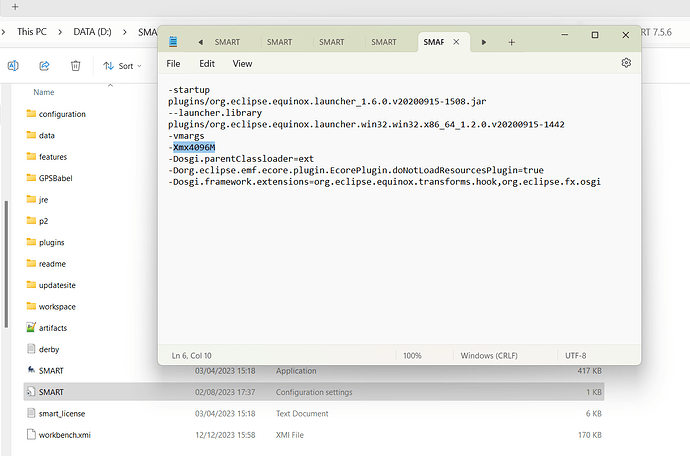Hello everyone. I’m considering starting a fresh CA this coming year as the main CA is getting large. I would do this with the intention of keeping the old CA locally and do CCAAs with it and the new one. So far I have made the new CA using the old one as the template.
Is this a foolish approach?
If not, are there any commonly made mistakes that I can avoid?
My thanks in advance
Hi Simon,
This shouldn’t cause any issues and sounds like a solution to an oversized database (however, you can find some other tips around this in this thread). If you do go down the CCAA route, just make sure to keep the data models consistent between CAs so you can query all CAs using CCAA.
Cheers,
Alex
Alex,
Thanks for the reply and the thread suggestion. I had found the first post of that, but not Matt’s reply.
Do you know how close the employee records have to be? I would assume exactly the same with same keys, like the data models.
Thanks
Hi Simon,
Ah, this might be where we come across a relevant limitation of CCAA for your query needs. With CCAA we’re not able to analyse data against employee names, only teams, mandates, types etc.
If this is a crucial element for long-term data analysis, I would suggest to stick with a single CA and take steps to reduce the load. I.e. back up then reduce / remove images or back up and export / remove data.
If the speed of the database is the primary reason for reducing the size of the database we can try asking your computer to allocate more RAM to the software, if you computer has the necessary hardware.
Generally, it is not advised to modify the files in the installation directories, but you can give this a go after backing up your system.
Open the folder containing your SMART software, find the “configuration settings” file, it should open in your text editor. Modify the line “-Xmx2048M” and replace it with -Xmx4096M"
This should double the amount of RAM your computer allocates to SMART and should speed up processing. But do only do this if your computer has sufficient RAM to spare.
Cheers,
Alex
This is exactly what I was talking about. Having not performed any CCAA, I was unaware of there being such limitations.
I feel that this wouldn’t be unsurmountable as I would probably create R output queries for such data from both CAs separately and combine.
I think I will advocate for removing unnecessary media from the current CA and use compression with much of it.
Thanks again for your advice on the subject
1 Like
